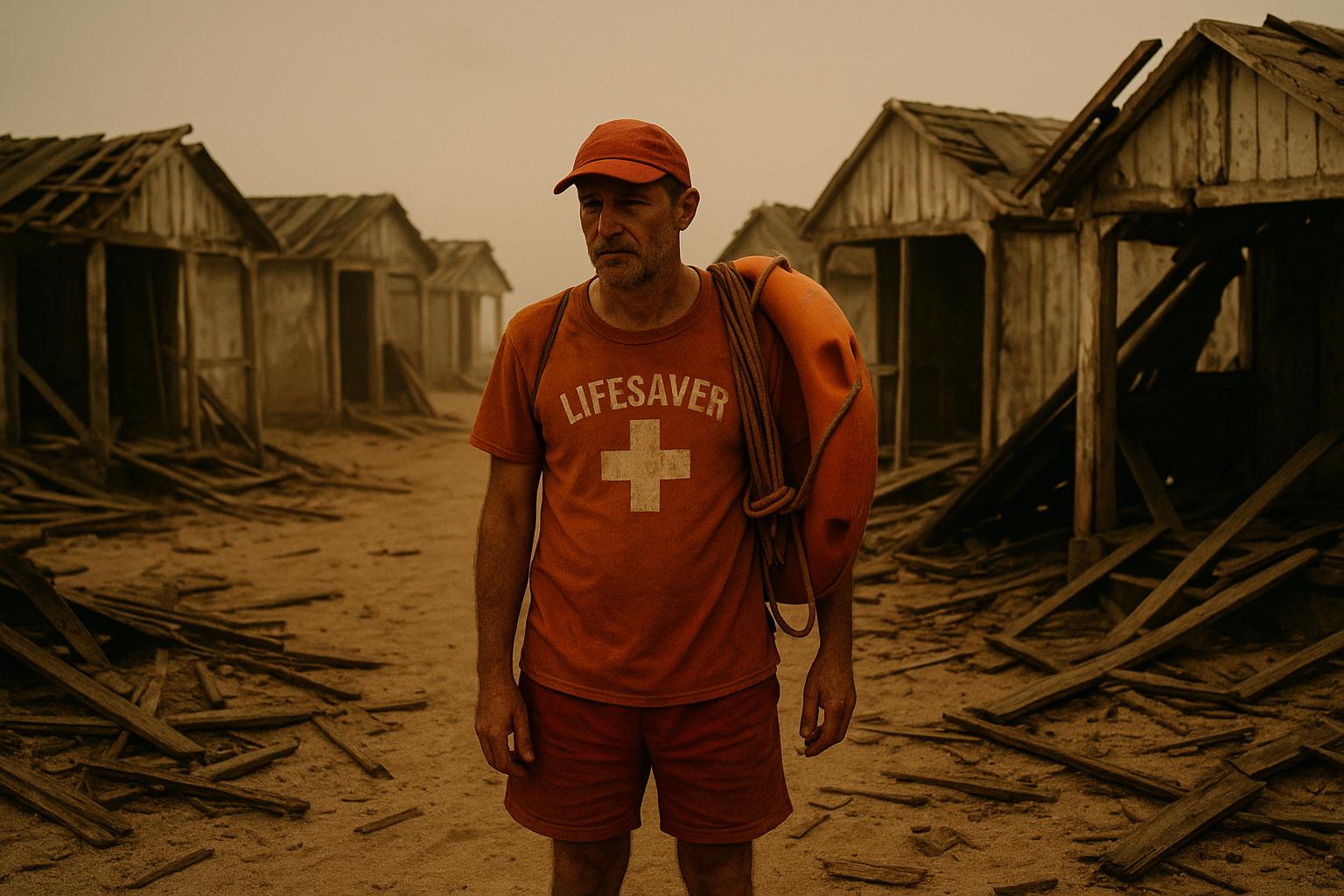A recent groundbreaking study conducted by researchers from Imperial College London and the London School of Hygiene & Tropical Medicine has revealed a stark reality about the summer of 2025 in Europe: human-induced climate change was directly linked to approximately 16,500 of the 24,400 heat-related deaths across the continent. This alarming figure represents nearly 68 percent of the total heat fatalities, underscoring the profound impact of rising global temperatures driven by greenhouse gas emissions.
The study, which analysed data from 854 major European cities — home to nearly a third of Europe’s population — found that average urban temperatures during the summer months soared between 2.2°C and 3.6°C above natural baselines due to climate change. This unprecedented heat surge made 2025 the fourth warmest summer on record for Europe, with certain countries suffering disproportionately high casualties. Italy witnessed 4,597 heat-related deaths, Spain 2,841, Germany 1,477, France 1,444, and the UK 1,147. Particularly hard-hit were capital cities such as Rome, Athens, and Bucharest, which experienced the highest per-capita heat death rates.
Older adults formed the majority of the victims, with 85 percent of heat-related deaths occurring among those aged 65 and above. Researchers caution that such fatalities are often underestimated in official records because heat is seldom cited as the direct cause of death, typically overshadowed by cardiovascular or respiratory complications triggered by extreme temperatures. This phenomenon has led to the characterization of heat as a "silent killer," its deadly toll masked within broader health crises.
Public health systems and urban infrastructure across Europe are being severely tested by the escalating frequency and intensity of heatwaves. Despite improvements since the catastrophic 2003 heatwave, emergency services are struggling to cope with the demanding pressures of hotter summers and ageing populations. Experts advocate for comprehensive adaptation strategies encompassing local heatwave action plans, expanding urban green spaces and shading, prioritizing air conditioning for retirement homes, and strengthening early warning systems alongside targeted public awareness campaigns to mitigate future risks.
The effects of rising temperatures extend beyond public health, posing significant challenges to Europe’s vital tourism industry. Hotter summers are deterring outdoor cultural events, hiking, city exploration, and other activities traditionally enjoyed by tourists. Many heritage hotels and tourist attractions lack modern cooling infrastructure, raising concerns for the safety of both visitors and staff. Southern Europe, particularly Spain, France, and Italy, faces declining summer bookings as heatwaves become commonplace. Coastal regions are also grappling with climate-driven threats such as beach erosion and diminished water quality, which jeopardise the long-term sustainability of these destinations.
Imperative calls from researchers and officials emphasise the dual need to curtail greenhouse gas emissions and implement comprehensive adaptation measures. Mitigation efforts focusing on phasing out fossil fuels remain the most effective means to prevent increasingly deadly summers. Simultaneously, policymakers must invest in greener urban environments, reinforce health protections, and recalibrate tourism planning to account for heat-related risks. Coordination between public health authorities and tourism boards is crucial—ranging from emergency heatwave protocols to infrastructural improvements like cooling and shaded areas.
The deadly summer of 2025 marks a pivotal moment demanding urgent action. Europe’s cities and tourist resorts must contend with a hotter, more unpredictable climate by balancing immediate public health interventions with far-reaching environmental reform. Heightened awareness, preparedness, and cross-sector collaboration stand as essential pillars to protect both residents and travellers, as well as the economic vitality of Europe's cherished tourism sectors.
📌 Reference Map:
- Paragraph 1 – [1], [2], [3], [4], [6]
- Paragraph 2 – [1], [2], [3], [4], [6]
- Paragraph 3 – [1], [2], [6]
- Paragraph 4 – [1], [2], [4], [6]
- Paragraph 5 – [1]
- Paragraph 6 – [1], [5], [7]
- Paragraph 7 – [1]
Source: Noah Wire Services
